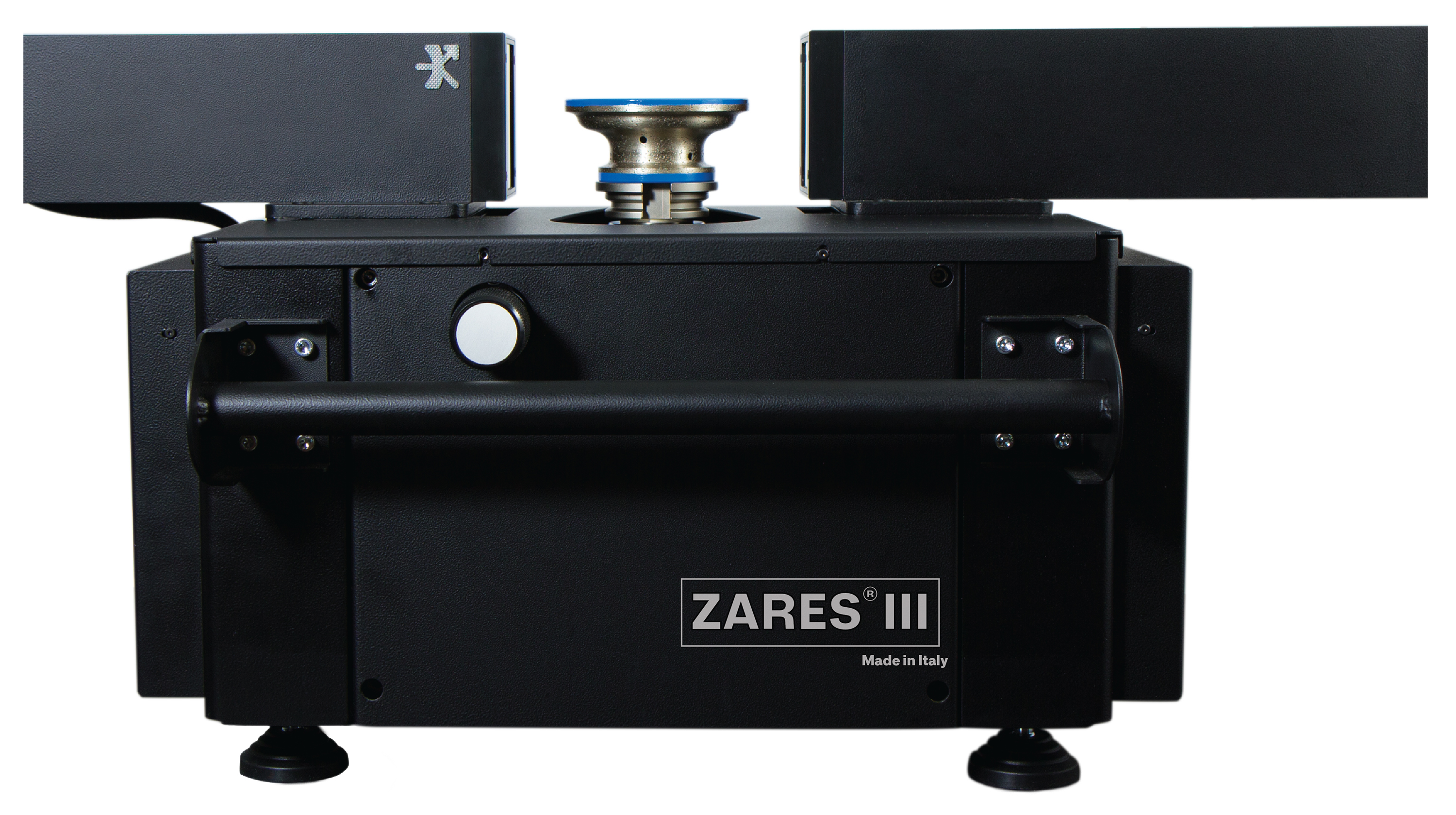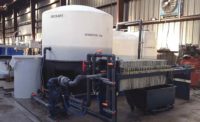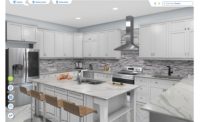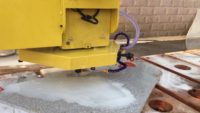In recent years, offline tool pre-setting machines have made great strides. Pre-setting is the calibration of CNC tooling offline, prior to the tools being physically installed onto the CNC machine. While the machines get physically faster and more accurate in measuring tools, they have also had software updates. Rick Self, the business development head for Terminator Diamond Products, San Carlos, CA, explained some of the updates the machines have made in recent years.
“There have been two significant developments,” said Self. “First, is the number of systems that have found their way to the market in the last year or two, along with a stratification of price points. Second would be the tool management aspect of the software on the machines, which speaks to the data management capabilities of the machine. Regarding speeds and accuracy, that is something I can only speak to in terms of the Zares, but it’s something we have definitely made progress on. We can now scan a single tool in four and a half seconds, and that entails a 360 degree 3D scan – that is not only measuring, it is also illustrating eccentricity and tool ware patterns.”
One of the fears for a lot of people possibly getting into pre-setting technology is how long it will take to learn and wondering if they even have the right shop size to get one.
“The first thing I tell them is that if they are comfortable with CNC machine technology, then the presetting technology shouldn’t be difficult,” said Self. “Now with that said, there are a significant number of shops that have CNCs but are not altogether comfortable with the technology – they rely on some outsider to come in and set their tools up and take care of the machine, etc. But as far as what it takes to learn a machine, just speaking to the Zares, which is arguably the most advanced machine on the market, our training consists of two days in the classroom plus an additional two days at the time of installation. So that’s four days training as the norm for a single CNC operation. If there are multiple CNCs in the company then we go to five days.”
 ZARES III
ZARES III
Now the five days of training doesn’t make someone an expert in the technology. Generally that takes two to six weeks of repetitive use with the machine. As far as shop size, there is no such thing as a shop too big or too small for a pre-setter.
“We have had small shops tell us that we have changed their life,” said Self. “Instead of going in on a Saturday or overnight, they can calibrate a tool set in 10 minutes. It is a time management issue as well as an efficiency issue. It is for any shop looking to be more efficient. It’s for the hand shop looking to the CNC technology to mature their business, for the small CNC shop looking to be more efficient, and for the large CNC fabricator looking to become a manufacturer. In short, properly utilized offline dressing, calibration, and tool management it should dramatically contribute to the bottom line of any CNC shop regardless of size.”
One of the big questions is why should a fabricator invest in this technology.
“When you take measuring offline and you are pairing that with properly dressed tools a good pre-setter will give you three benefits,” said Self. “One, perfectly calibrated tools. That is really the first requirement of producing finished work, especially at higher speeds. Two, longer tool life. If you have longer tool life you are by default reducing the total cost of your tooling. Three, and this is a big benefit, increased production time. Your CNC machine is no longer being used to calibrate or dress tooling. So, if you are at max capacity on your machines and then you take the calibrating and the dressing functions off of the machine, if you move it offline, then your production capacity naturally grows. I have had customers say to me they have realized an increase in their through-put anywhere from 18 to 30 percent upon Zares integration. That’s very significant.
“The other part of it is the how of it,” Self went onto say. “In other words, if a shop begins to produce finished work off of a machine, then first thing you are going to see is a decrease in the amount of hand fabrication. That in and of itself is the reason people go to CNC to begin with. Right now, and it’s pretty universal, shops can’t find enough help – people are turning to machines to get as much of the work done as is possible. I would also like to add that top-of-the-line presetting lessens the qualifications of the CNC operators themselves – it effectually take the knowledge base of good CNC work, where it used to be the guy out there at the machine who had to do the calibration and the dressing, and moves it into an office, at least this is what Zares does. There is tremendous value in having a manager properly manage your CNC tooling, offline, while the operators run the machines.”




